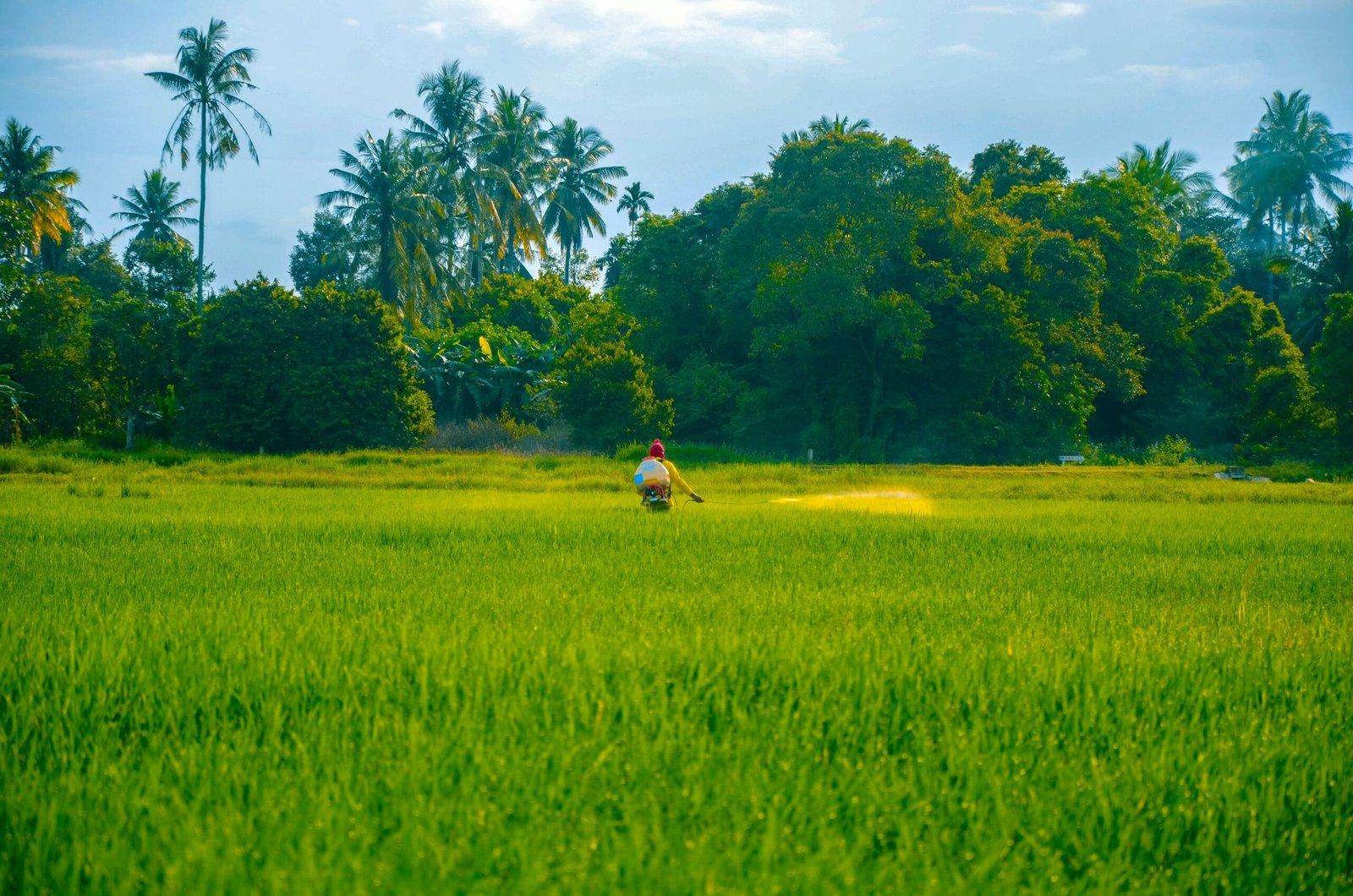Have you ever wondered about how pesticides affect our water sources throughout the year? Understanding the movement and concentration of pesticides in surface and drinking water wells is crucial, especially in agricultural regions. This is particularly important in western Poland, where agriculture plays a significant role in the economy and the environment.

Understanding Pesticides and Their Uses
Pesticides are substances or mixtures intended to prevent, destroy, repel, or mitigate any pest. These can include herbicides, insecticides, fungicides, and more. They are widely used in agriculture to protect crops from damage caused by pests and diseases. While they are essential for maintaining crop yields, their usage comes with environmental concerns.
Pesticides can enter water systems through various pathways including run-off from fields, leaching into groundwater, and drift from spraying activities. Once in water systems, they can become persistent environmental pollutants, potentially harmful to aquatic life and humans depending on their concentration and duration of exposure.
The Impact of Pesticides in Water Systems
The presence of pesticides in water systems is concerning for several reasons. They can disrupt aquatic ecosystems by affecting organisms at different trophic levels. Additionally, contaminated water can lead to health issues in humans when used as a source of drinking water.
Effects on Aquatic Life
Aquatic organisms, ranging from plants to fish and amphibians, can be affected by pesticides. These chemicals can alter the balance of ecosystems, sometimes leading to the decline of non-target organisms and the proliferation of pest species.
Human Health Concerns
Humans relying on contaminated water face various health risks, from short-term issues like nausea and vomiting to long-term effects such as hormonal disruption and increased cancer risk. Some pesticides are known to be endocrine disruptors, which can interfere with hormone systems and cause developmental, reproductive, neurological, and immune effects in humans and wildlife.
Seasonal Variation of Pesticides in Water
The concentration and movement of pesticides in water bodies are not the same throughout the year. They are affected by various factors that change with the seasons.
Factors Influencing Seasonal Variations
Agricultural Practices: Specific times of the year correspond to different stages of crop growth that demand higher pesticide usage. For instance, planting and flowering phases often see increased pesticide applications.
Weather Conditions: Rainfall can wash pesticides from soil into surface waters, while temperature variations can affect pesticide degradation rates.
Water Cycle Dynamics: The interaction between surface water and groundwater varies with seasons. For instance, heightened rainfall in certain seasons can lead to increased run-off while periods of drought may heighten groundwater extraction.
Seasonal Patterns in Western Poland
In western Poland, pesticide concentrations in water systems can vary significantly between the seasons. Spring and summer typically coincide with higher concentrations due to increased agricultural activities and rainfall. In contrast, autumn and winter may show lowered concentrations as runoff decreases and agricultural activity slows.
Monitoring Pesticides in Water
Monitoring pesticide levels in water sources is crucial for ensuring environmental safety and public health. It involves periodic water sampling and analysis to determine the presence and concentration of pesticides.
Techniques and Technologies Used
Water Sampling and Testing: Routine sampling helps track changes in pesticide levels over time. Advanced testing methods like chromatography and mass spectrometry can accurately quantify specific pesticides.
Remote Sensing and GIS: These technologies can be used to assess land use patterns and predict potential areas of pesticide runoff. They offer a broader view of possible contamination sources and pathways.
Public and Private Sector Involvement: Governments often regulate pesticide levels and enforce monitoring, but private stakeholders, including farmers and agro-businesses, play a critical role in compliance and self-monitoring.

Preventive and Remedial Measures
To mitigate the issue of pesticide contamination in water, several strategies can be implemented.
Best Agricultural Practices
Integrated Pest Management (IPM): This approach combines different pest control methods to minimize reliance on chemical pesticides. Techniques can include crop rotation, biological control, and the use of resistant crop varieties.
Precision Agriculture: Using technology to ensure pesticides are used only where and when needed reduces unnecessary application and potential runoff.
Water Treatment Solutions
Granular Activated Carbon (GAC) Filtration: This is effective in removing organic contaminants, including many pesticide compounds, from water.
Advanced Oxidation Processes (AOPs): Techniques such as UV irradiation combined with hydrogen peroxide can break down pesticides into less harmful substances.
Policy and Regulation
Strong regulatory frameworks are essential in controlling the use and discharge of pesticides. National and regional policies must be aligned, and there should be cooperation between countries, especially in shared water basins, to manage pesticide pollution effectively.
Collaboration and Community Involvement
Community engagement plays a crucial role in managing pesticide use and its impact on water resources. Education and outreach initiatives can empower local communities to adopt safer farming practices and participate in water monitoring.
Building Local Capacity
Training Programs: Educating farmers and stakeholders about the effects of pesticides and alternative practices can bring behavioral change.
Citizen Science Projects: Enabling community members to participate in local water monitoring projects can increase the reach and effectiveness of data collection efforts.
Partnerships for Sustainable Development
Governments, NGOs, academia, and the private sector must work together to find balanced solutions that meet economic needs while safeguarding environmental health. Transnational collaborations can be particularly effective in tackling shared challenges related to pesticide use and water contamination.

The Future of Pesticide Management in Water Resources
Looking ahead, innovation in both pesticide usage and water management technologies will be key to mitigating the impact of these chemicals on our environment and health.
Emerging Trends and Technologies
Biopesticides: Derived from natural materials, these offer a promising alternative to synthetic pesticides with reduced environmental impact.
Nanotechnology: Research into nano-materials may offer novel methods for capturing or degrading pesticides more efficiently in water systems.
Data Analytics and AI: Using artificial intelligence to analyze large datasets from satellite imagery, weather forecasts, and soil conditions can optimize pesticide application rates and timings, minimizing excess use.
Policy Advancements
Continued dialogue between stakeholders, backed by scientific research, will drive policy changes that protect water resources without disrupting agricultural productivity. Innovations in policy, such as subsidies for adopting eco-friendly practices, can incentivize the transition toward sustainable agriculture.
In conclusion, understanding the seasonal variation of pesticides in surface water and drinking water wells is vital for regions heavily reliant on agriculture, like western Poland. Through coordinated efforts encompassing monitoring, policy-making, community involvement, and technological advancements, it is possible to safeguard water resources while ensuring sustainable agricultural practices.
